Advancing Biodiversity Protection in Western Australia’s wheatbelt
The Perenjori Hills Sanctuary is a bold, science-led conservation initiative protecting over 1,000 hectares of critical habitat within one of the world’s 36 global biodiversity hotspots: Southwest Australia.
Located in the heart of the Yarra Yarra Biodiversity Corridor, this sanctuary supports rare and threatened species, ancient plant communities, and delicate ecosystems increasingly impacted by habitat loss, invasive species and climate stress. As part of Australia’s largest carbon-based reforestation initiative, its conservation is guided by Carbon Neutral’s Citizen Science program—bringing people closer to nature through hands-on ecological exploration and monitoring.

This is no ordinary conservation sanctuary.
In 2023, the Perenjori Hills Sanctuary was officially declared a Critically Endangered Ecological Community—a designation that prohibits land clearing and highlights the urgent need for protection.
The sanctuary encompasses a rich variety of ecological zones, including:
- York Gum and Gimlet woodlands
- Mallee scrub and Bowgada thickets
- Banded Ironstone Formations (BIF)
- Acacia shrublands on pink loams and granite soils
These woodlands, ridges, and scrublands represent the last strongholds of biodiversity in a region that has been extensively cleared since the early 1900’s, with over 90% cleared.
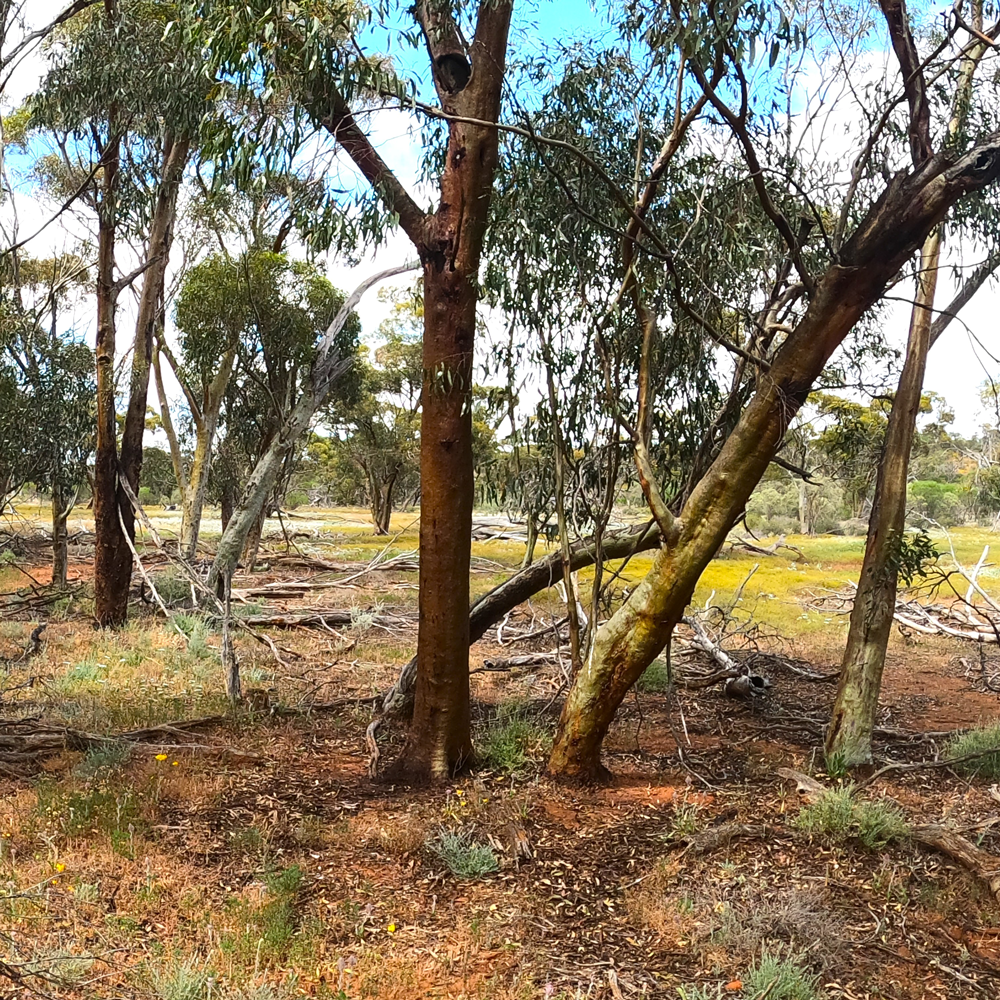
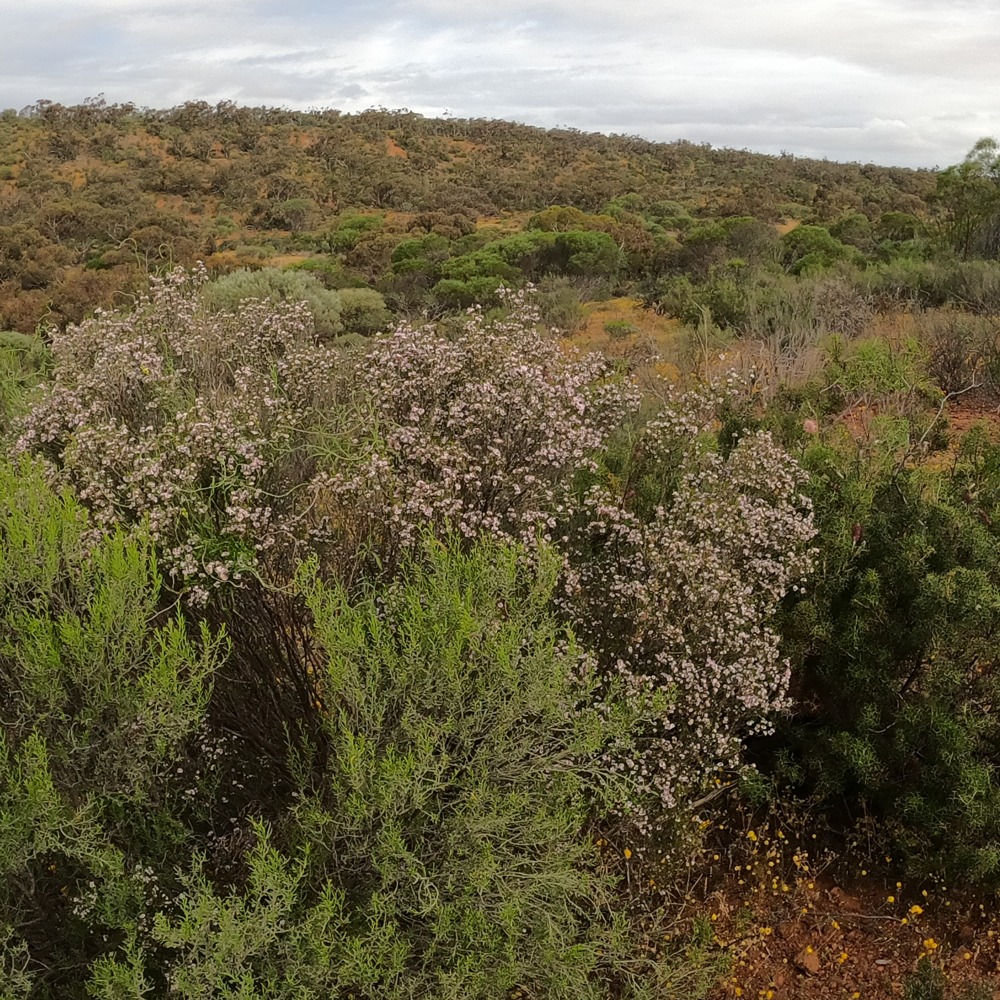
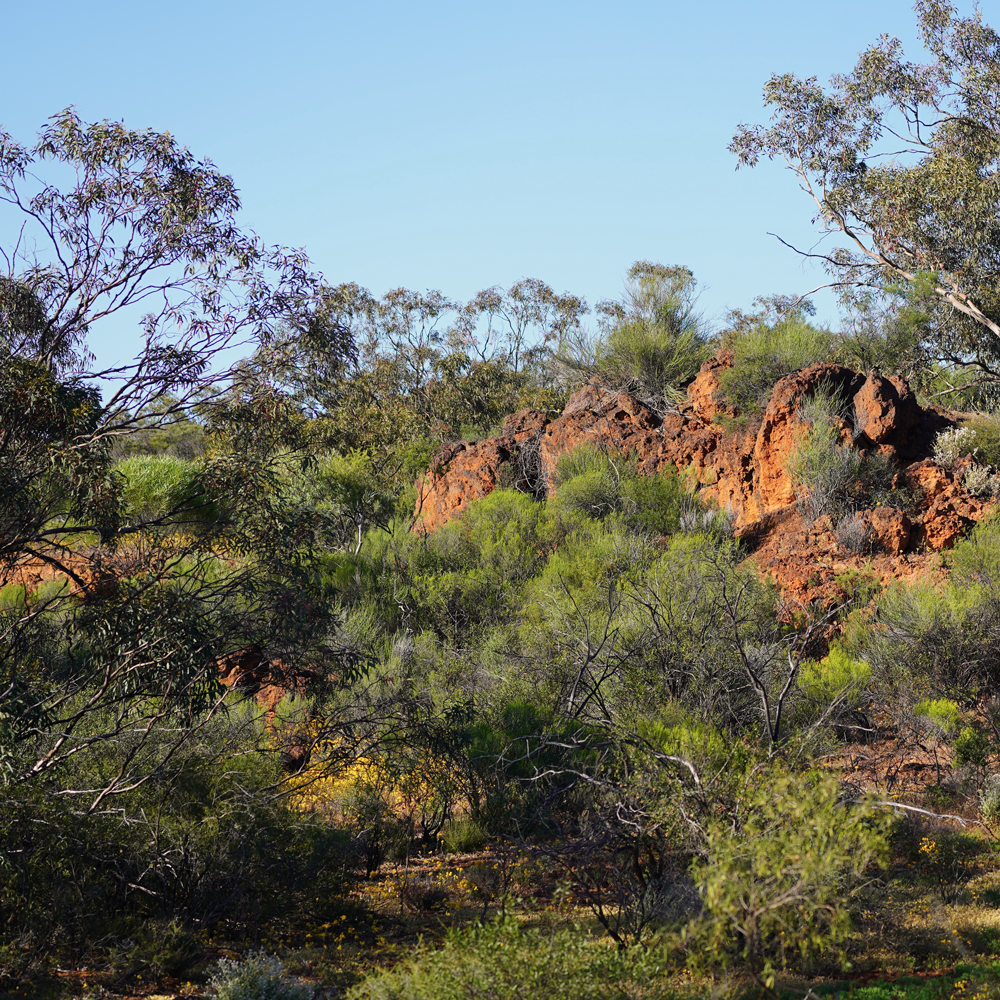
Together, these habitats support an extraordinary array of native biodiversity, including:

many endemic to the region

Including the threatened Malleefowl

including the Gilled Blue-tongue Skink

with 8 bat species and high echidna density across multiple habitat types
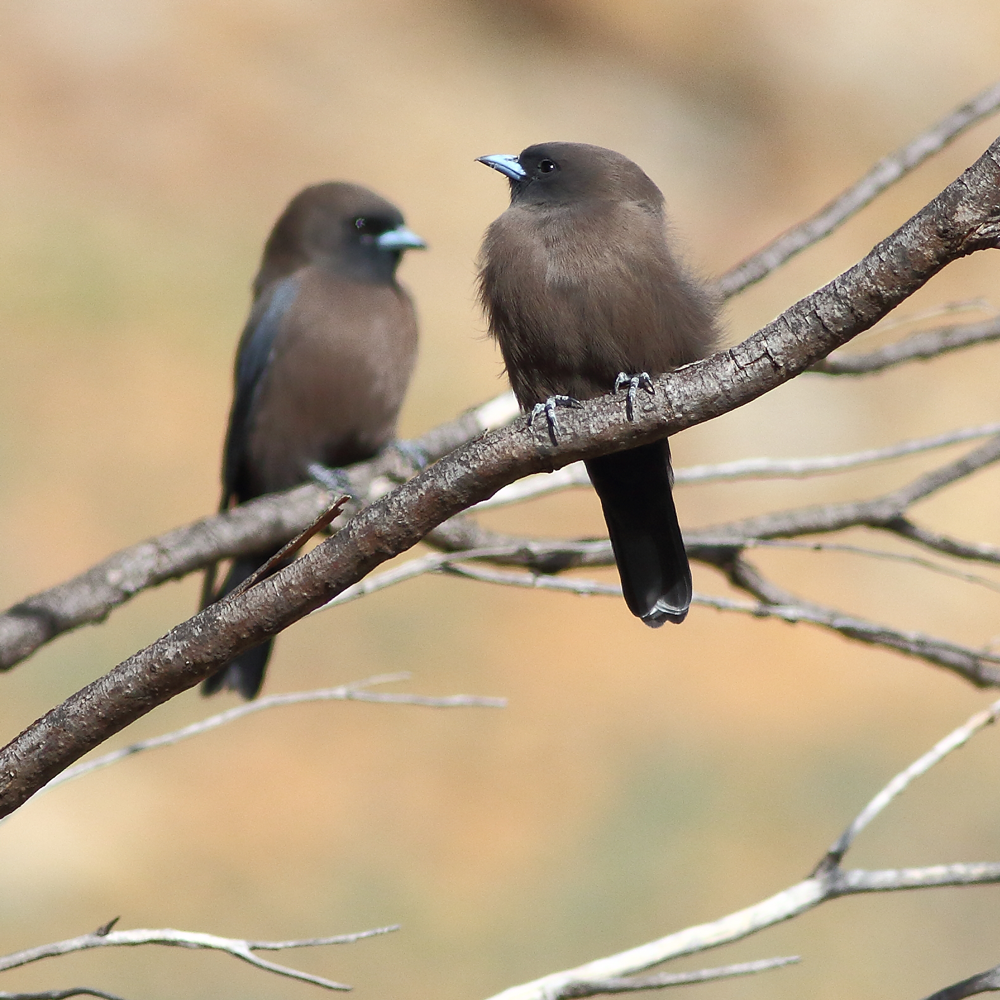
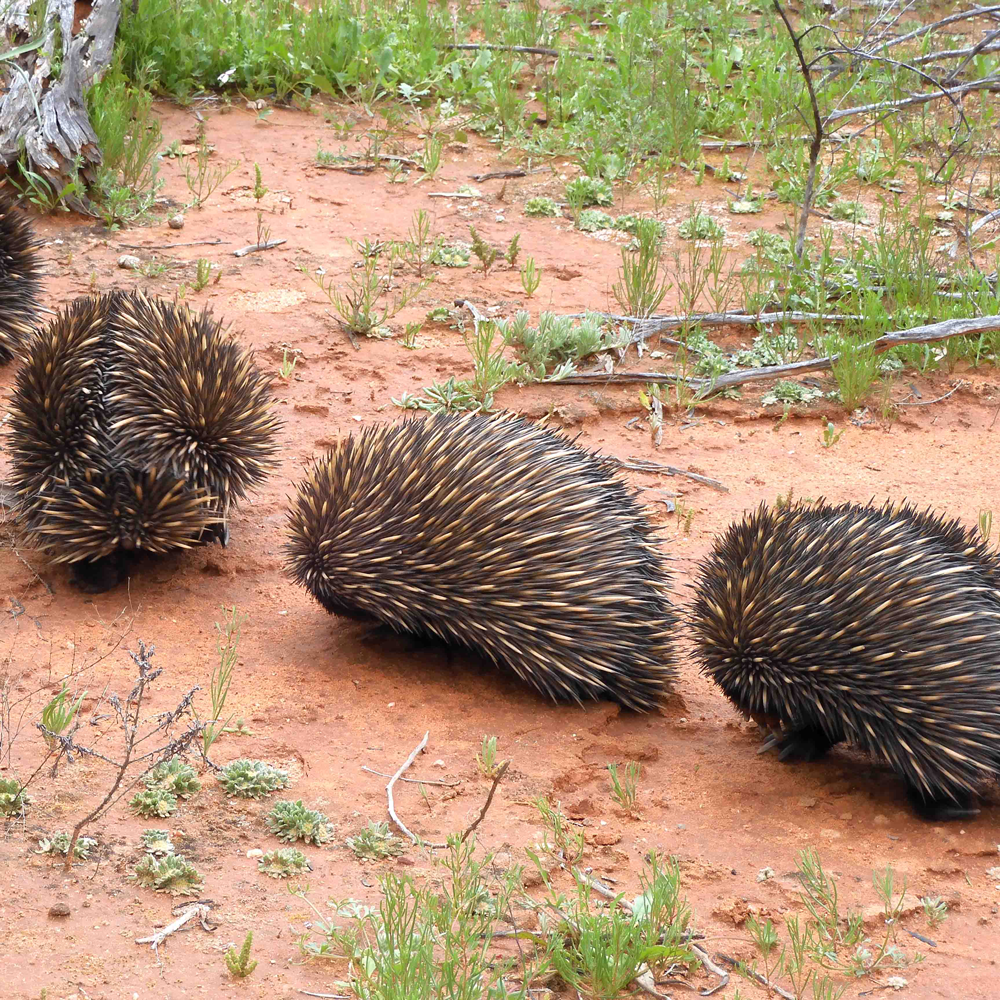
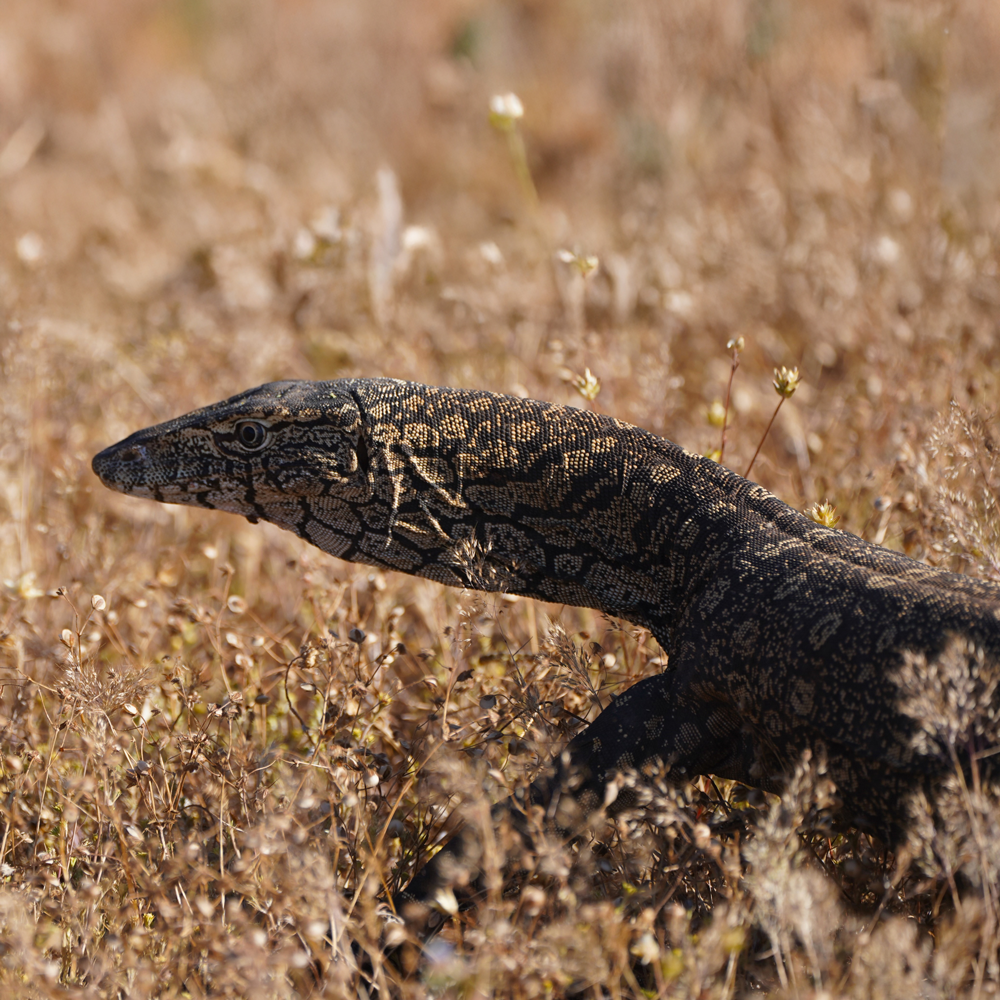
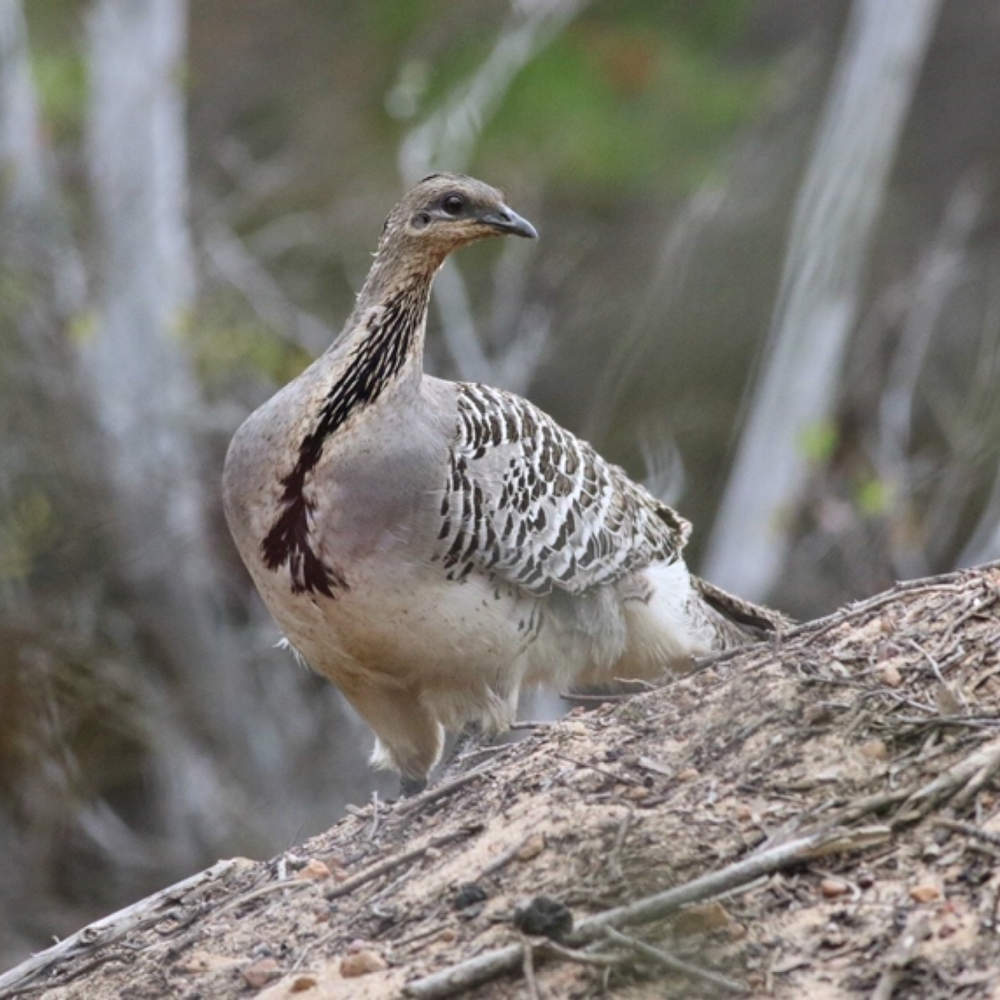
Rare Species Revealed
on Camera
First-ever sightings in the WA wheatbelt
In a remarkable discovery, motion sensor cameras installed in the Sanctuary have recorded two elusive, Conservation Priority mammal species:
- The nocturnal Woolley’s Antechinus (Pseudantechinus woolleyae)
- Long-tailed Dunnart (Sminthopsis longicaudata)
These are the only known sightings of these two species in the wheatbelt — both listed as Conservation Priority under Western Australian legislation.
Their presence not only elevates the ecological significance of the Sanctuary, but also highlights the importance of protecting upland banded ironstone formations (BIF) — critical, overlooked refuges in fragmented landscape.
“These discoveries reshape what we know about small mammal persistence in the wheatbelt.”
– Conservation Ecologist,
Carbon Neutral Citizen Science

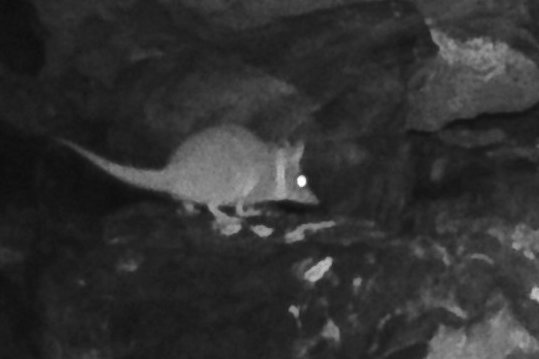
A Smarter Way to Fund Conservation
Legal land protection helps prevent deforestation and land clearing — but it doesn’t cover what matters most for long-term ecosystem health:
A transparent, science-backed way to fund conservation and drive lasting biodiversity restoration. This scheme supports the recovery of a critically endangered ecological community and delivers measurable, long-term impact.
Each Nature Credit represents a verified contribution to the health and resilience of native ecosystems, directly funding:
- Legal protection
- 20 years of evidence-based ecological management
- Ongoing biodiversity monitoring and public reporting
This innovative conservation finance tool ensures that critical habitats like Perenjori Hills receive the funding needed not just to survive — but to recover and thrive.
- Weed and feral animal control
- Fire risk management
- Native habitat restoration planting
- Ecological monitoring and scientific reporting
Without active and sustained land management, even legally protected ecosystems can continue to decline. This is known as the protection gap — and the Perenjori Hills Biodiversity Project aims to close it.
By supporting the Perenjori Hills Sanctuary Nature Credit Project, you help:
- Regenerate degraded land
- Protect a critically endangered ecosystem
- Secure habitat for rare and threatened species
- Demonstrate leadership in environmental sustainability
Guided by Carbon Neutral Citizen Science
In the development of its Nature Credits and Sanctuary initiatives, Carbon Neutral has drawn on the invaluable support of its dedicated Citizen Science team to guide ecological restoration and species monitoring efforts.
Led by animal ecologist Dr Nic Dunlop, the team brings deep experience and leadership to the field. A past Chair of BirdLife Australia (WA) and recipient of the Bessie Rischbieth Award, Dr Dunlop has spent over 40 years advancing citizen science and mentoring emerging ecologists through hands-on fieldwork. His work spans roles in research, teaching, and environmental regulation, including his leadership of the Citizen Science for Ecological Monitoring program at the Conservation Council of WA.
By integrating local knowledge with scientific rigour, these volunteers have played a vital role in identifying biodiversity values and informing conservation priorities across the project. Carbon Neutral acknowledges the critical contributions of its Citizen Science team in delivering meaningful community and environmental outcomes, and thanks them for their commitment to advancing nature-based solutions grounded in integrity and impact.
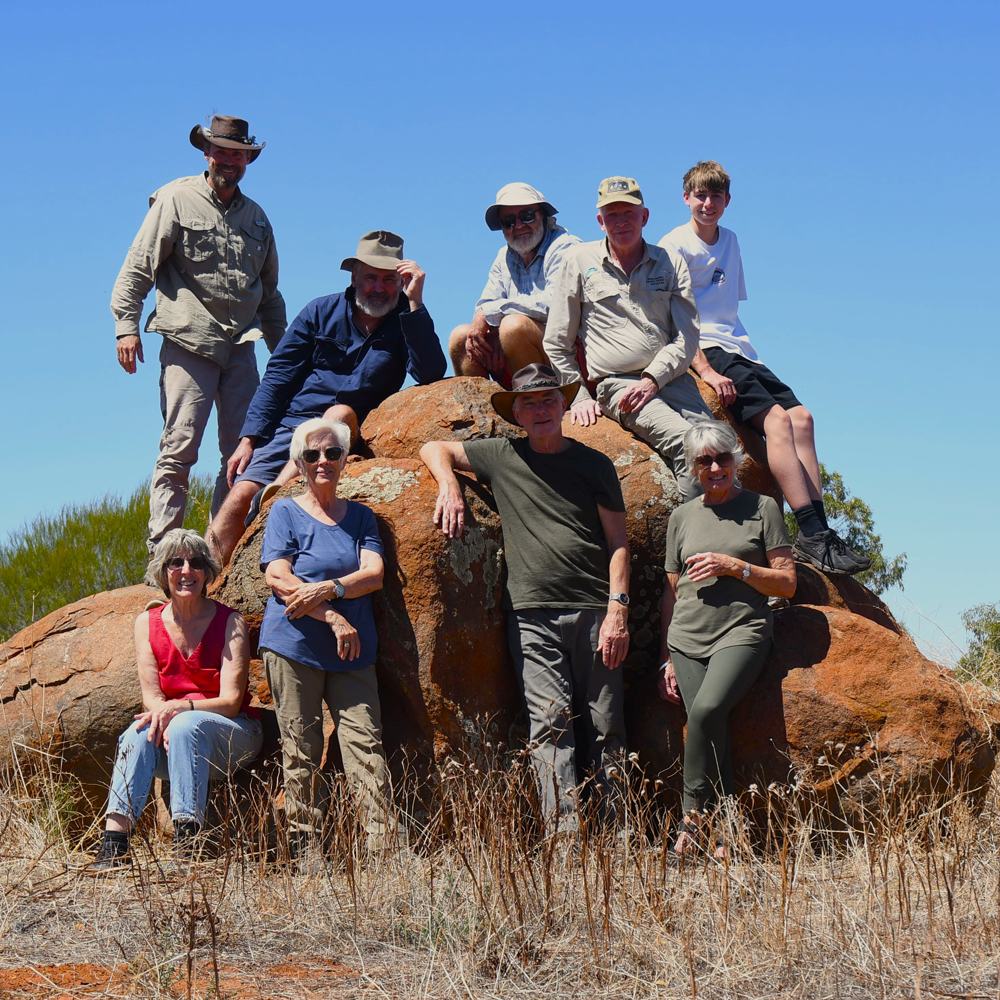
Learn More
Contact Carbon Neutral to learn how you can partner in restoring life to this remarkable landscape.
Yarra Yarra Biodiversity Corridor
Carbon Neutral can help you support carbon offset projects that deliver on the SDGs. Our Yarra Yarra Biodiversity Corridor project and the international offset projects we are licensed to sell contribute to different combinations of the 17 Goals.
We an help you balance your carbon footprint by supporting the projects that fits your business’ strategy and scope, such as focusing on locations or causes most relevant to them.
